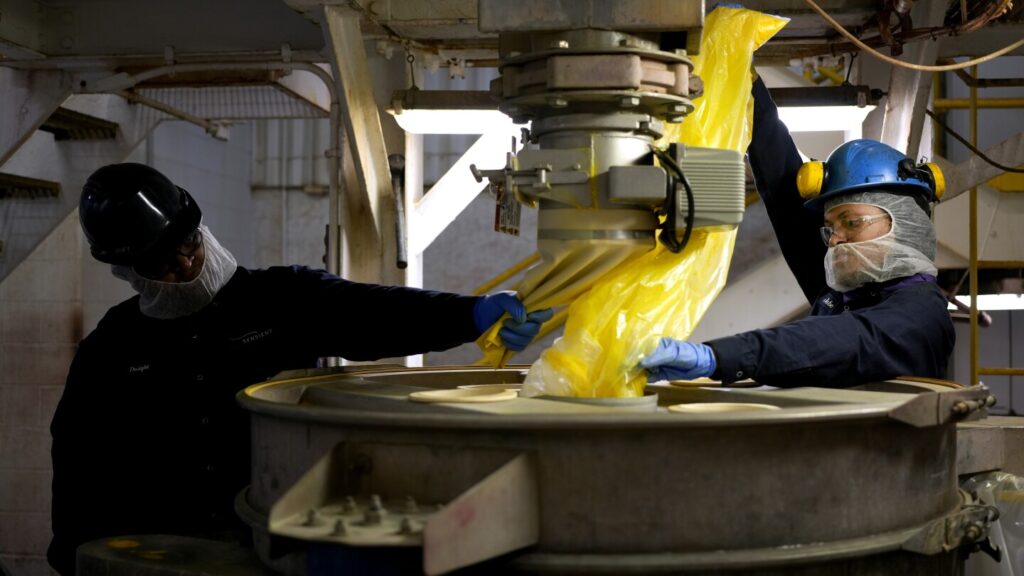In St. Louis, scientists at Sensient Technologies Corp. are developing natural colorings to replace synthetic dyes, which are facing increasing scrutiny amid health concerns. Health Secretary Robert F. Kennedy Jr. has urged food companies to eliminate artificial dyes by the end of 2026, citing potential risks to children’s health, supported by recent regulatory actions, including a ban on the synthetic dye Red 3 due to cancer risks in lab animals.
The transition to natural dyes is complex and costly. While the FDA permits about 30 color additives, natural alternatives often lack consistency and stability, and the production can take years to scale up. For example, using cochineal insects to create vibrant colors requires a significant amount of resources, with 70,000 insects needed for just one kilogram of dye.
Although many food companies are exploring shifts to natural options, the transition may not be straightforward, as consumer preferences for vibrant colors have led some companies, like General Mills, to revert to artificial dyes after initial attempts to change. Several major brands, including PepsiCo and General Mills, are pledging to reduce or eliminate artificial colors, motivated by consumer demand and health advocacy.
In summary, while there is momentum towards replacing artificial dyes with natural alternatives, significant hurdles remain in ensuring that these products meet aesthetic and safety standards without compromising consumer satisfaction.
Source link


